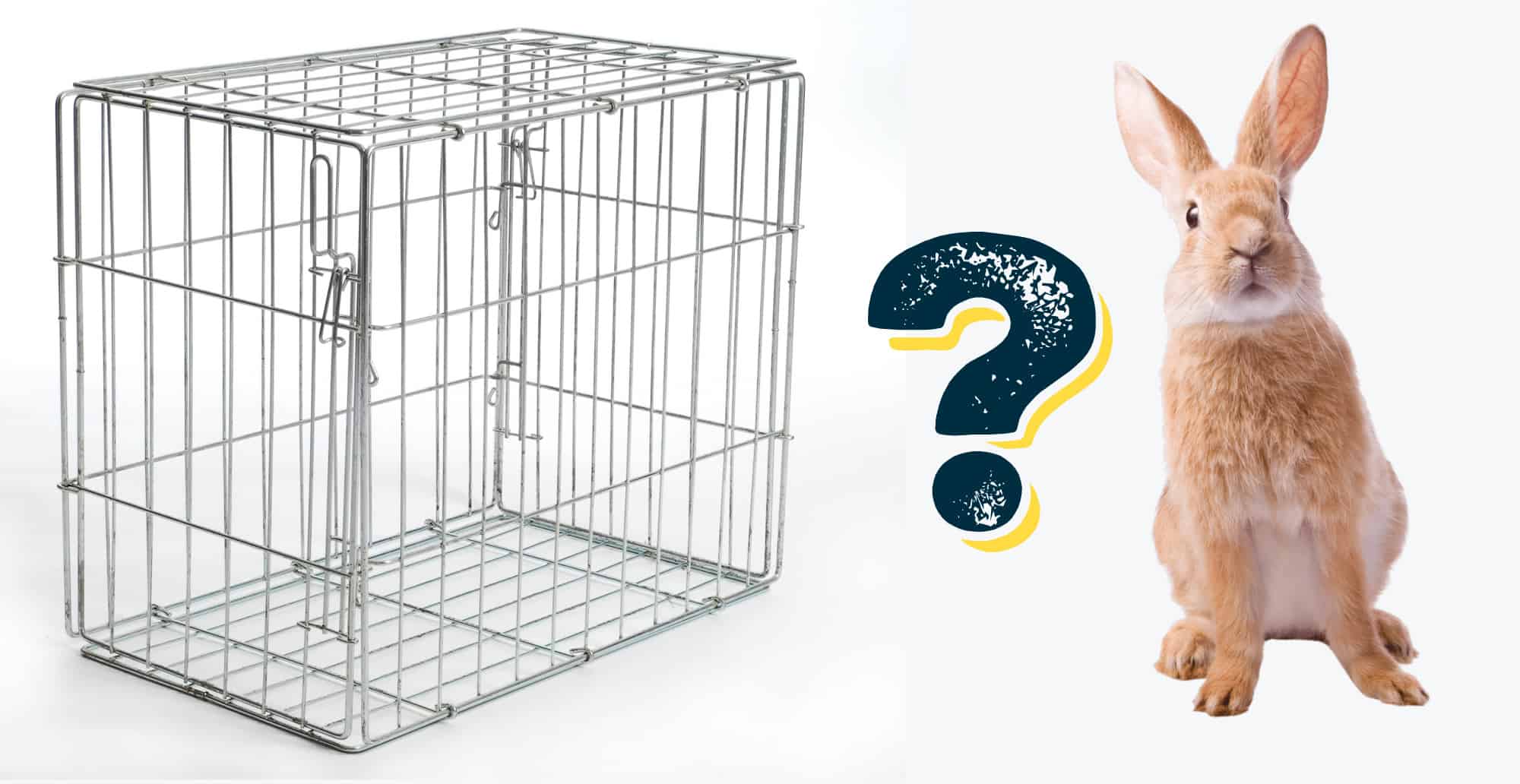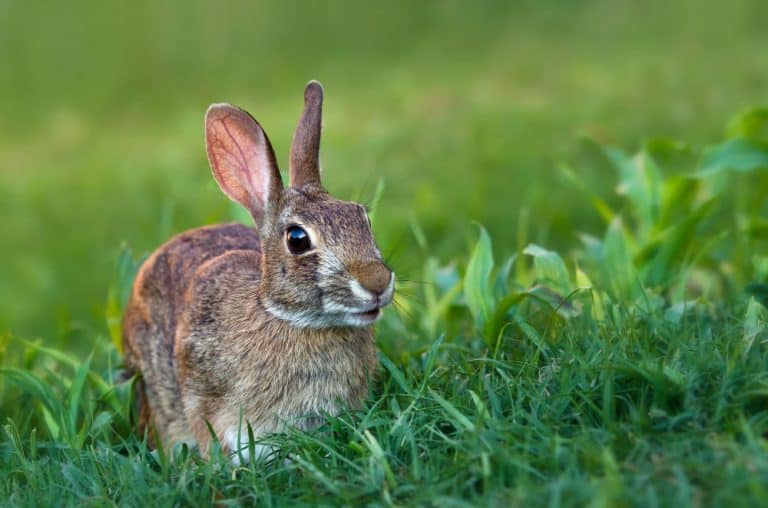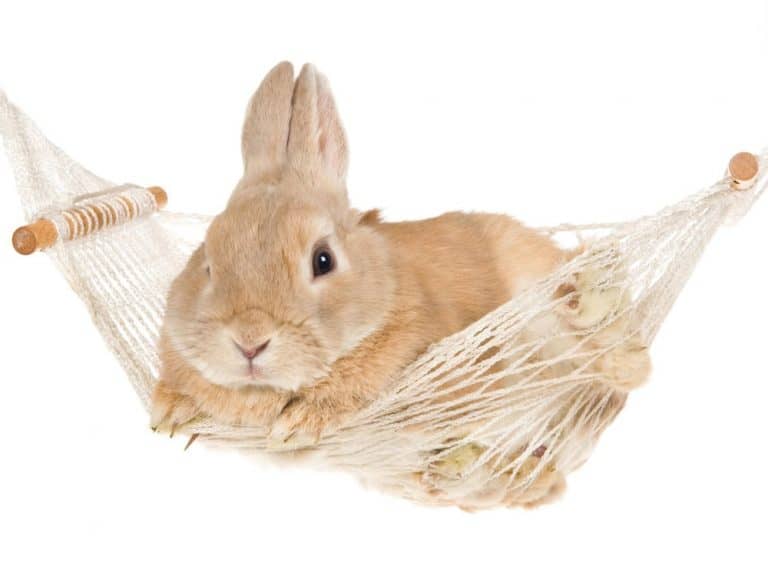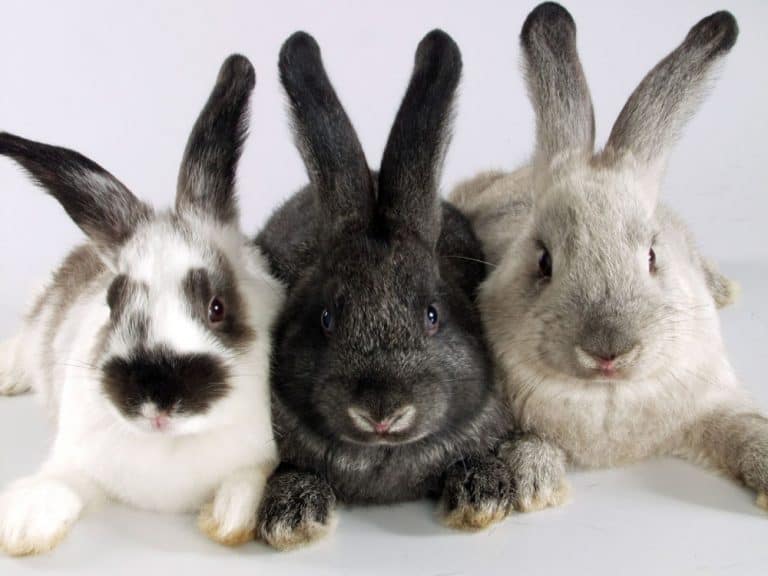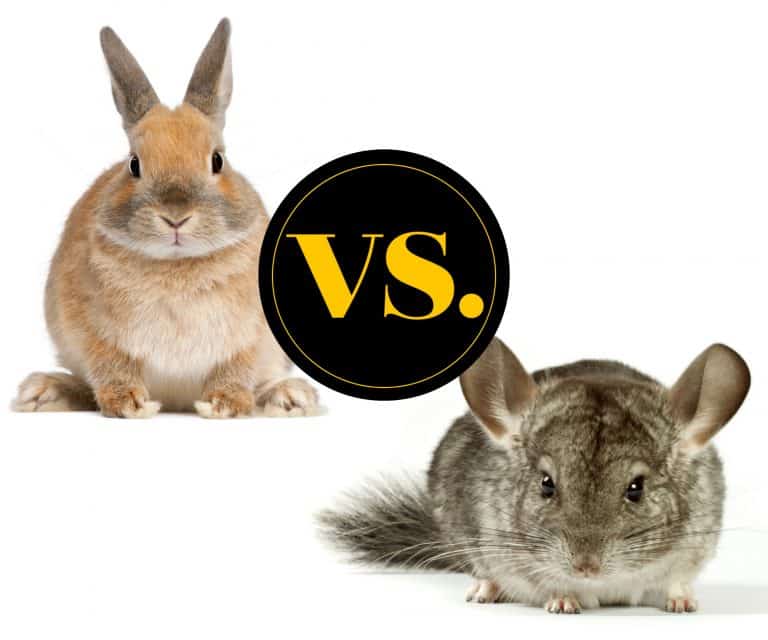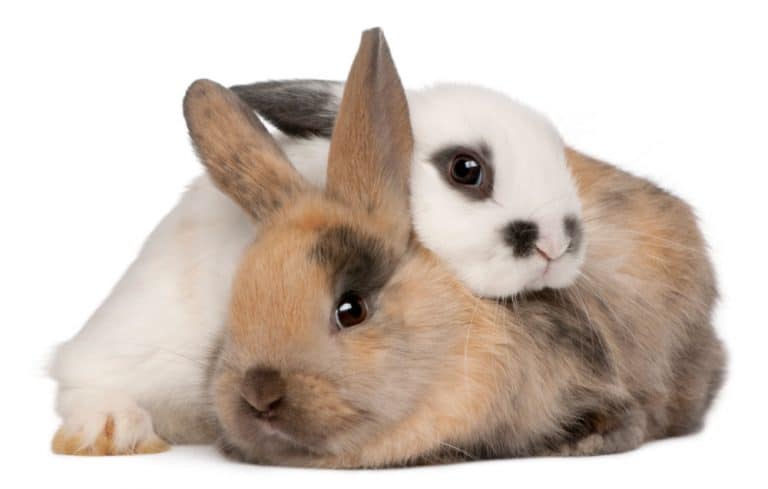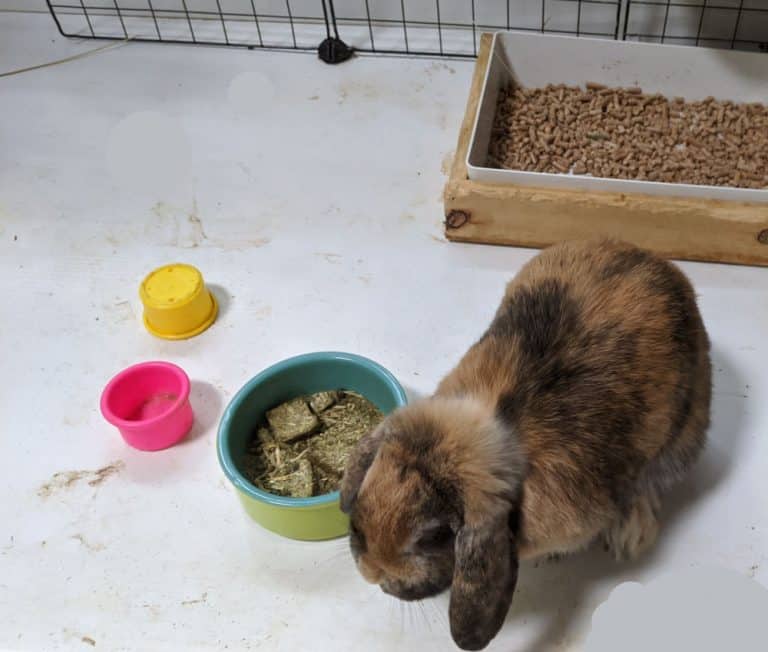12 Simple Tips to Transform a Dog Crate into a Fantastic House for your Rabbit
Are you thinking of getting a rabbit? Perhaps you’re wondering whether a rabbit can live in a dog crate? If you’re planning to get a rabbit, one of the most important considerations is where your new pet will live. There are many different cages and hutches available, but choosing one that is right for your home can be tricky.
This article will look at whether a rabbit can live in a dog crate and tips on transforming a dog cage into the perfect home for your new pet. With a bit of DIY, you’ll soon have a fantastic new home for your rabbit.
Can a rabbit live in a dog crate?
Actually, yes, a rabbit can live in a dog crate. A dog crate combined with a playpen type enclosure makes for a perfect housing situation for your rabbit when it lives indoors. It allows you to make a cozy den area and allows for plenty of room to run around and stretch their legs.
When buying a rabbit, the type of enclosure it will live in will be your top priority. The first thing you’ll need to decide is whether your rabbit will live indoors or outside. If you have a yard where your rabbit will live, you’ll need to either buy or build a hutch. There are many different types of rabbit enclosures on the market for rabbits designed for outdoor use, including hutches and runs.
If you plan to keep your rabbit in your home, you’ll need to buy a cage suitable to house a rabbit. Alternatively, you could transform a dog crate into a home for your bunny. As long as you buy a large enough dog crate and make some alterations, a dog crate makes a great rabbit enclosure.
If you already have a dog crate making it into a rabbit home is likely to be the most cost-effective solution. You can make adjustments to the base so that the rabbit can’t throw hay and poop into the room, and you can also add shelves to a taller dog crate that will create a multi-layered enclosure for your pet.
Buying a dog crate
If you’ve decided that a dog crate would make the best home for your rabbit, you can purchase one from most local pet stores or online. Dog crates come in a wide selection of sizes and are generally wider and taller than cages specifically designed for rabbits. When buying a dog cage for your rabbit, choose one that’s meant for a larger breed of dog; that way, your rabbit has more room to run around, and if it is taller, it gives you plenty of space to add shelving.
The Benefits of using a dog crate for a rabbit
There are many benefits of choosing a dog crate for your rabbit rather than a hutch. Dog crates are usually more spacious than rabbit enclosures and can be transformed easily into the perfect home.
- Taller which allows you to add shelves
- Can be easily transformed into the perfect home with a bit of DIY
- Most dog crates fold flat for storage and transport
- Would be best for indoor use
- Easy to clean out
- A cheaper alternative to pet shop cages
- Customizable
- Suitable for larger breeds of rabbit
DIY Tips
The AmazonBasics Single-Door Folding Metal Dog Crate would make the perfect home for a bunny. It’s available in various sizes, but the largest would be best, especially if you’re thinking of getting more then one rabbit. This dog crate is sturdy and adaptable.
Alternatively, you may like to buy a cat playpen from Amazon as it already has shelves; all you need to do is add ramps to make it suitable for a rabbit or other small animals. This cage is nice and tall and perfect if you want to create an enclosure spread over four floors. If you choose a very tall cage, make sure that it’s safe for your rabbit. You may want to create an enclosed ramp or a ramp with edges so that your rabbit can’t fall from it.
Here are some DIY tips that will help you create the perfect home for your bunny using a dog crate.
Tip #1: Planning
It’s best to plan how you want your pets’ home to look before you go out and buy a dog crate. Having an idea in mind will allow you to get one that’s the correct size and is right for your home and new rabbit. Also, plan where you’re going to put the shelves and what type of materials you’ll need for the floor. That way, you’ll have everything you need before you start your project.
Tip #2: Size
Dog crates are available in a selection of shapes and sizes. It’s a good idea to get the largest dog crate available, choose one designed for a large breed of dog, such as a German Shepherd. A larger crate will provide your rabbit with plenty of living space and room to run around.
A crate designed for a large breed will also be taller, which allows you to put in shelving or an extra floor to create a multi-layered cage. Creating a multi-layered cage is particularly useful if you’re thinking of keeping more than one rabbit.
Large dog crates usually measure about 48″ long by 30″ wide by 36″ high (120cm by 76cm by 90cm). A crate of this size is perfect for a rabbit.
Tip #3: New versus Used (Secondhand)
Dog crates of all sizes are widely available and can be purchased easily from Amazon or similar online stores. The benefit of buying a new dog crate is that you’ll be able to measure the space that you have available in your home and then get one that’s the correct size. You’ll also be able to easily order one straight away, rather than having to trawl online auction sites or go to car boot sales.
You may decide that second-hand is best, and this will also save you some money. Many second-hand dog crates are available as people often only use their dog cage while training their puppies. Once the dog grows up, they don’t use the crate anymore. You’ll often see dog crates for sale in second-hand shops, online auctions, or yard sales.
Tip #4: Disinfect before use
If you decide to buy second hand, make sure that you clean the dog crate adequately before transforming it into a rabbit home. Clean the crate with a disinfectant suitable for use with animals; these types of products will be available from your local pet shop.
Tip #5: Consider the bar spacing
The bar spacing will also vary slightly on dog crates. It’s essential to pay attention to this, especially if you have a smaller breed of rabbit or plan to buy a baby rabbit. If your dog crate has spaces that are too wide, your rabbit could escape. Another problem is that a rabbit could get their head stuck between bars if the gaps are too wide.
This problem can be rectified easily by covering the bars with a wire mesh, which will stop the rabbit from putting its head through the bars. If you have baby rabbits, you may then remove the mesh in the future when they’ve grown a bit.
Mesh can be purchased from DIY stores and is very easy to attach to the cage using cable ties. Ensure that there are no sharp edges or pieces of wire that your rabbit could hurt itself on.
Tip #6: Door Position
Different dog crate brands will have different door positions. In general, crates either have their door on the short or long side. Some crates have a door on each side for easy access.
Before deciding which type of crate you need, you should consider where you will position the crate. You’ll need to have easy access to your rabbit’s home to quickly let it out to play, feed him, and clean the cage out.
For easy access, choose a crate with a door that’s positioned on the long side. Having a dog crate with a door on the long side will give you better access to the cage to reach your rabbit and clean the entire create easily.
Tip #7: Choose the flooring material
Dog crates usually come with either a metal or plastic tray at the bottom that provides a solid floor for your rabbit’s home. You can choose either plastic or metal as both are fine for rabbits.
Before making this decision, there are a few things to consider; plastic is often best as it will make less noise when your rabbit runs around or throws stuff about. It is also less slippy when wet. The downside of a plastic tray is that your rabbit could gnaw at it. As rabbits are rodents that have continually growing teeth, they will continuously chew on things. It’s not a good idea for a rabbit to chew on plastic as this can create small beads that could block their intestine.
A metal tray may be safer for your pet. If you find that it’s noisy, you can cover it with a newspaper, straw, or a fleece blanket. Some dog crates have wire covering the floor, which isn’t suitable for rabbits as they could get their paws stuck in the gaps. If you have a crate with a wire floor, this will either need to be removed or could be covered.
Tip #8: Add depth to the floor
The main problem with using a dog crate as a rabbit cage is the depth of the tray. The trays on dog cages are likely to be very shallow compared to enclosures specifically designed for rabbits. Most dog crates have a tray that is about an inch deep, which doesn’t work very well for containing hay and rabbit litter. A shallow tray will result in more of a mess on the floor outside the crate. Rabbits are also known to throwing things around. Unless you want to be continually cleaning up after your pet, you’ll need to modify the cage’s flooring to create greater depth that will contain the mess more efficiently.
You can make a frame to surround the base of your rabbit’s cage using wood, acrylic plastic sheeting, or corrugated plastic. Wood is often the best solution as it will be safer if your rabbit starts to chew the cage’s side. Another option would be to use a deep tray, such as a storage box, and put this inside the crate to contain the litter and bedding. These tips will help to reduce the mess made by your rabbit.
Tip #9: Create a shelf
If you choose a large dog crate with extra height, you can create a shelf by putting pieces of wood through the cage to support a wooden board. Ensure that any shelf you build is stable, doesn’t have sharp edges, and is made from wood that’s safe for your pet.
Remember that rabbit will chew everything, so make the side of the shelf from untreated softwoods. Plywood contains glue and has often been treated with substances that will be toxic to rabbits. It’s ok to use these woods for the shelf, but make sure the edging is built from safe wood.
A good tip when making a shelf is first building a crossbar which the shelf will then be attached to. This can be made from long, thin pieces of wood. You can cut small grooves in the crossbars’ ends, which will allow them to sit over the cage’s bars. This will stop the shelf from slipping, which could cause injury to your rabbit. Ensure that the grooves are all cut at the same depth as this will make the shelf level.
After making and fitting the crossbar, you can put a piece of wood on top to make the shelf. Wood can be purchased from your local hardware store and can often be cut to the right size for you. If you’re cutting the wood yourself, always wear a face mask and goggles to avoid breathing in sawdust. Make an edge for the shelf by nailing on a small piece of untreated softwood. Ensure that you sand all the edges so that there is nothing sharp that could injure your bunny.
If building a shelf proves too tricky, you can buy a ready-made shelf from Amazon or a local pet shop that can attach to your cage’s corner. Shelving such as this platform is made from natural wood, which is safe for your pet to gnaw, as it’s made from pine wood. You may also like to buy a rabbit hammock, as this will provide extra space for your pet.
Tip #10: Build a ramp
To build a ramp for your rabbit, you’ll need a thin piece of wood, which is about eight to ten inches wide and some beading to make steps. Attach the ramp to the shelf at an angle of about 45 degrees. About 45 degrees is a good angle, as it means that the ramp won’t take up too much room. It also won’t be too steep for your rabbits.
You’ll also need to cut the ramp’s top edge at an angle so that it fits snuggly against the shelf. Make sure no gaps or pieces are sticking up as this could be dangerous for your bunny.
Cut the beading into small length wide enough for the ramp. It’s a good idea to make the steps a few millimeters narrower than the ramp at each side. You can nail the beading to the ramp about four inches apart. Sand the beading before attaching them with small nails or with glue. It’s a good idea to use hardwood beading, which is flat on one side and rounded on the other, as this is the right shape for steps.
Tip #11: Encourage your pets to go upstairs
It may take a little while for your rabbits to get used to their new home and go up to the second floor; this seems to be particularly true for baby rabbits. If you find that your pets live on just one level, put treats at regular intervals on the ramp steps, encouraging them to explore the second floor. Once they get used to their no home, your pets will likely go up and down their ramp regularly.
Tip #12: Add a den
If you find that building a shelf is too challenging, you could add a wooden box or a cat carrier to your dog crate. You’ll then be able to attach a piece of wood to the top of this, ensuring that it’s secure. Then make a ramp so that your rabbits can climb on top. A cat carrier is an excellent option as it allows you to create a den for your rabbit as well as an extra floor.
Conclusion
As you can see with a little thought and a bit of modification, a dog crate can be transformed into a fantastic home for a rabbit. Get creative and build a home that is spacious and has everything your pet needs. Be sure to include a den, shelving, and ramp so that your rabbit has different areas to play and explore. A den is crucial as it will help make your rabbit feel secure and give it somewhere to hide if it needs to.
Using a dog crate will allow you to build an enclosure that is functional and more spacious then ready-made cages that are available in the pet shops. Ensure that any changes you make to the dog crate are safe for your rabbit and that they won’t be able to fall from a height.

